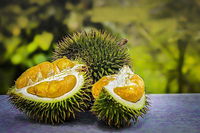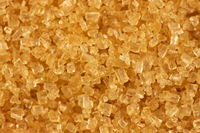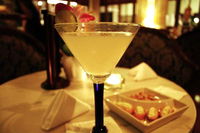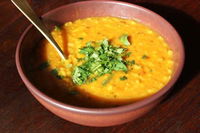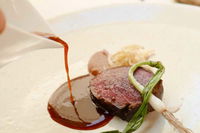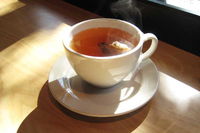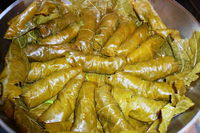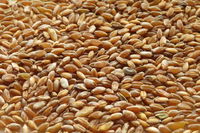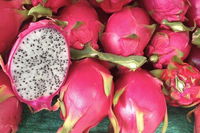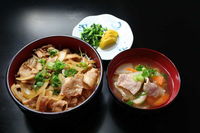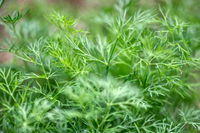
Alpha-Edibles - "D" Trivia Quiz
Food Photo Challenge
Will "donut" be in this quiz? No chance. See if you can prove your bona fides as a culinary mastermind by identifying these 12 food items. Good luck! (Click the images for a closer look!)
by trident.
Estimated time: 3 mins.
- Home
- »
- Quizzes
- »
- Hobbies Trivia
- »
- Food & Drink
- »
- A to Z Food
